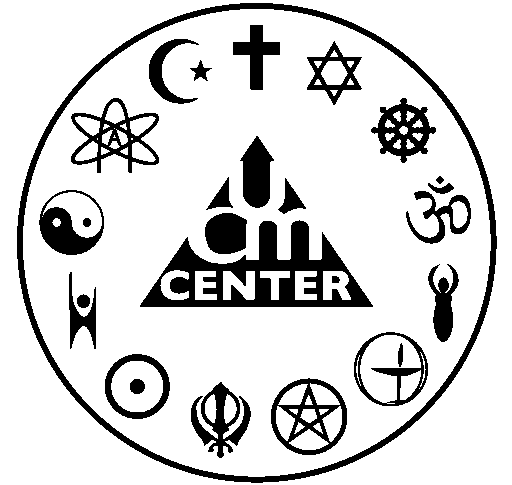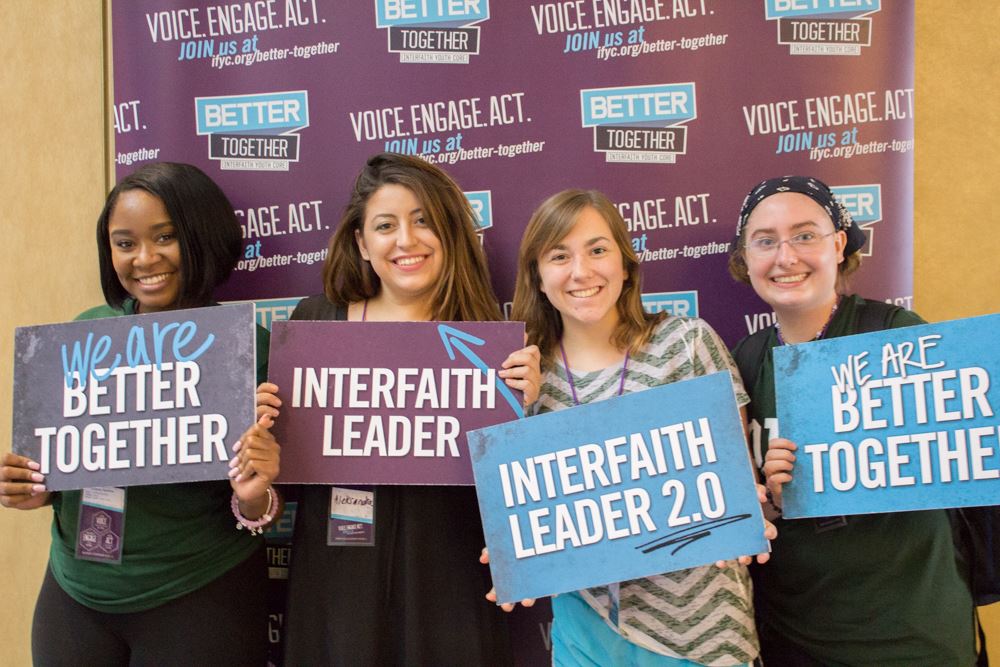ANNUAL BENEFIT BASH!!! Saturday, November 5, 6pm Athens Community Center COME DINE AND DANCE WITH UCM! MAKE YOUR RESERVATION TODAY Email or call 740-593-7301 $40/person or more if you’re feeling… Continue reading Untitled
Author: ucmadmin
Untitled
SATURDAY LUNCH CELEBRATES 10 YEARS!! Happy 10th Birthday, Saturday Lunch from Shannon Stewart! Click on the link above to see a very special message from former UCM intern and Saturday… Continue reading Untitled
Come Walk With Us…
Come Walk With Us….. Fifteen years ago, a horrific act of violence changed the world for all of us. This year on September 11, the sixth annual 9/11 Interfaith Peace… Continue reading Come Walk With Us…
Untitled
UCM sent five Ohio University students to the Interfaith Youth Core Leadership Institute in August 2016! Look for Kentisha, Aleksandra, Kelsey, Robin and Kaitlan (not pictured) to do important interfaith… Continue reading Untitled
Untitled
BETTER TOGETHER AT OU WINS 2ND CAMPUS IMPACT AWARD FROM INTERFAITH YOUTH CORE! This award goes to a student group that has left a substantial mark on their campus and… Continue reading Untitled


